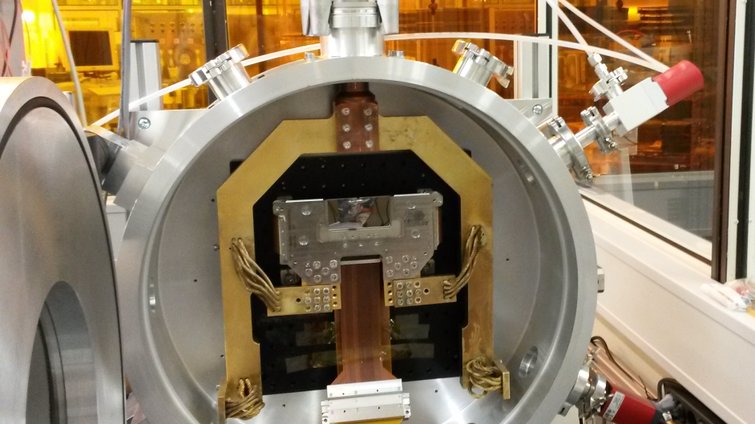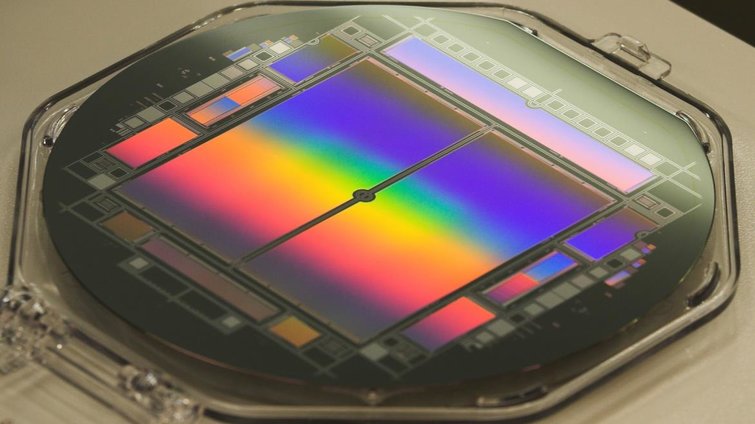LAMP/CAMP
CAMP was a fist pnCCD based detector system for multipurpose instrumental end-station at SLAC in Stanford. Second iteration of the development finished with LAMP camera system. It houses two megapixel X-ray sensor planes compatible with 120 Hz frame rate data aquisition. It has been designed to be deployed at the LCLS soft X-ray end-stations (AMO/SXR) and supports a wide variety of instrumentation including spectrometers, laser in-coupling systems, gas and cluster atomic and molecular sources, in-vacuum manipulator devices and vacuum diagnostics. This instrument has been designed to support a wide array of experimental conditions including imaging, spectroscopy and multi-beam experiments.
The two large-area (78 x 74 mm2) 1 Megapixel pnCCD detectors (75 x 75 µm2 pixel size) sensor planes are capable of counting single scattered or fluorescent photons with high quantum efficiency (> 90%) with an energy resolution of 40 to 200 eV between < 100 eV and 25 keV. A variable-sized hole in the center of the first CCD allows the direct FEL beam (and a high-power pump laser, if applicable) to pass through the detector, while the small-angle scattering signal within the area of the hole can be detected on the second CCD, which has a fixed-sized hole for the direct FEL beam. Both sensors can be operated in high resolution imaging or spectrometer mode. For low intensities it is further possible to utilize clustering algorithms that provide subpixel-resolution.
References:
Osipov T., at al.,” The LAMP instrument at the Linac Coherent Light Source free-electron laser” , Review of Scientific Instruments 89, 035112 (2018); https://doi.org/10.1063/1.5017727

